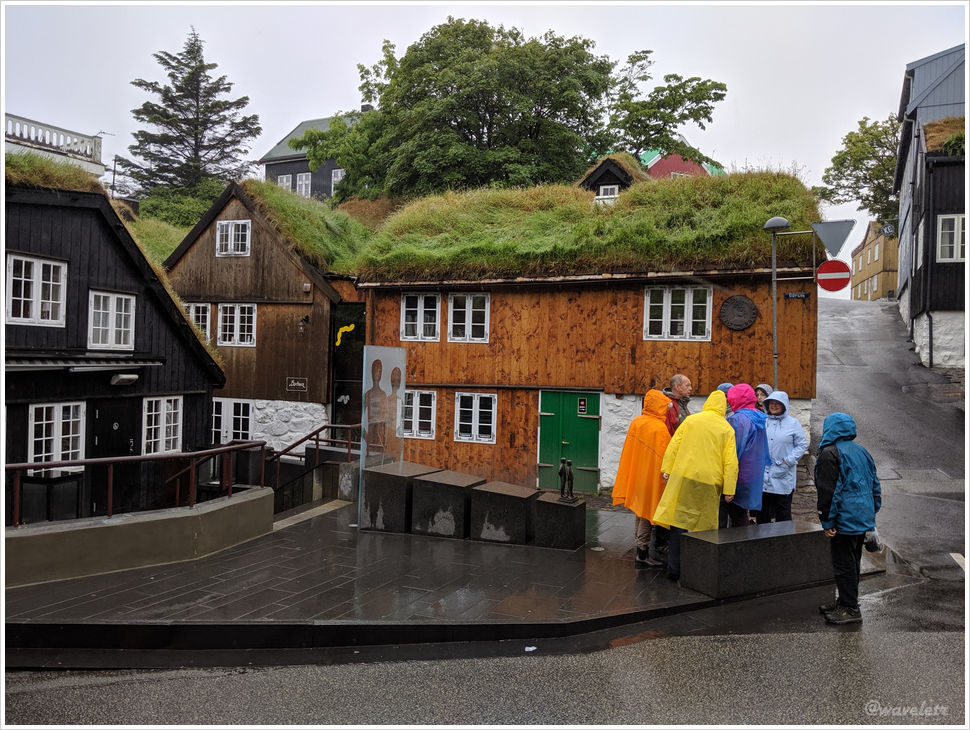2019.7.3~4Tórshavn means “Thor’s harbor.” Thor is the hammer-wielding god from the movies, a nearly omnipotent figure in Norse mythology and a protector of humankind. His name appears frequently in various cultures and place names. Since the 9th century, when the Vikings first landed in the Faroe Islands, Tórshavn has been the islands’ main settlement. At that time, the Faroe Islands had only a few fishing villages and farms, with just a few hundred inhabitants. Tórshavn served as the main port for external trade. It wasn’t until the latter half of the 20th century that these villages gradually grew into towns.
To this day, the harbor still occupies a large portion of Tórshavn, while the city center remains small and retains the feel of a fishing village. Houses with grass-covered roofs, narrow winding alleys, and damp, gloomy weather – it’s as if the air could be wrung out like a wet towel.
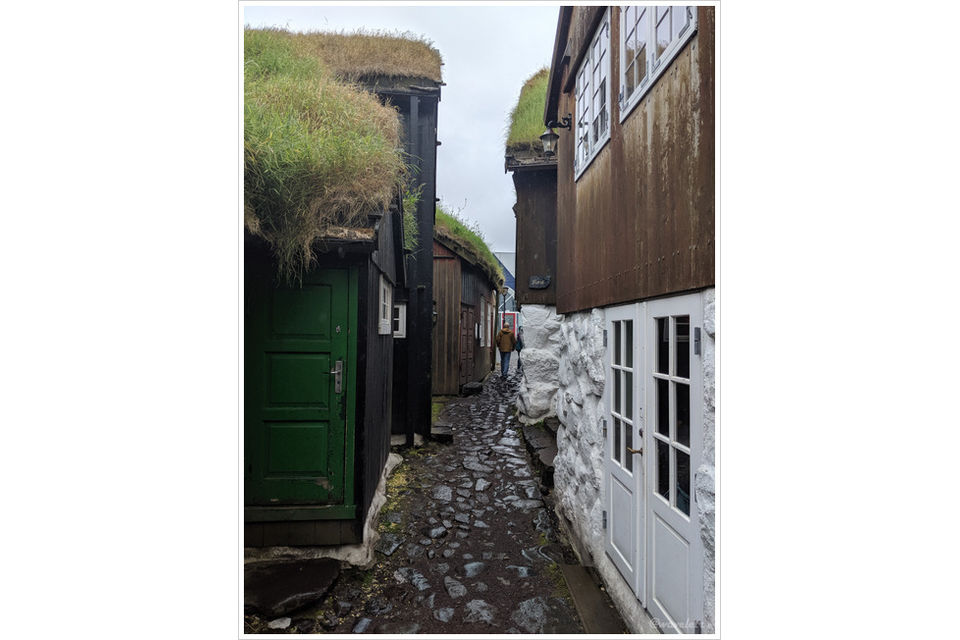
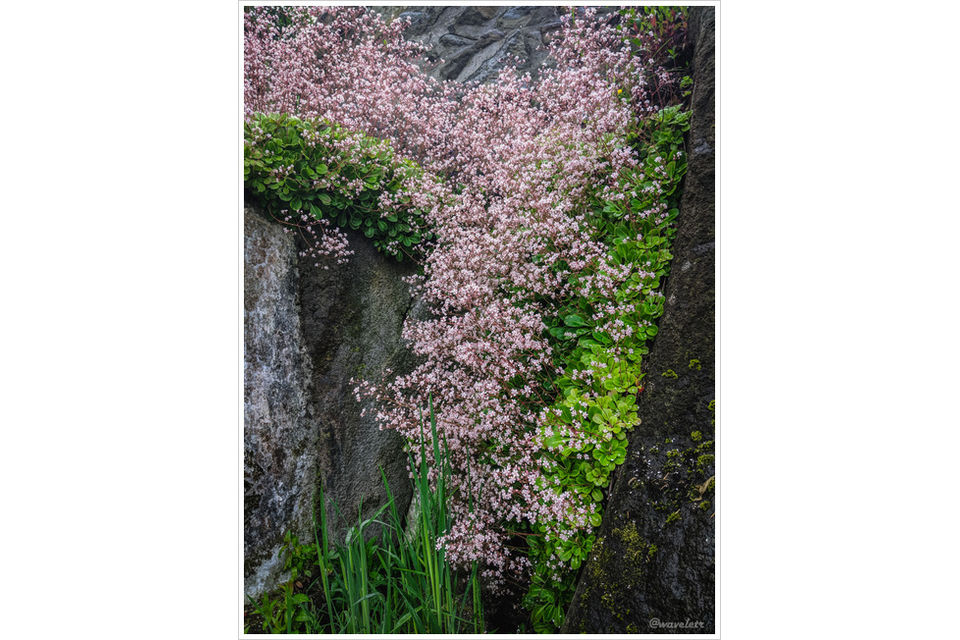
The city’s oldest buildings have been converted into restaurants. Though they are connected back-to-back and belong to the same business, each has a unique style. Before the trip, a colleague recommended one called Ræst. Ræst refers to a traditional method of preserving meat by fermentation, not cooked or dried, but somewhere in between, essentially semi-rotted. Both fish and lamb can be prepared this way. Though uniquely Faroese, similar methods are used across the Nordic region, with Sweden’s Surströmming being the most famous example.
We stood outside Ræst for a while, sampling the smell coming from the restaurant. Ultimately, we found it a bit too challenging and opted for Barbara next door. This seafood restaurant, like the one we tried in Greenland, served very fresh ingredients, had beautiful presentation, and modest portions, definitely worth recommending.

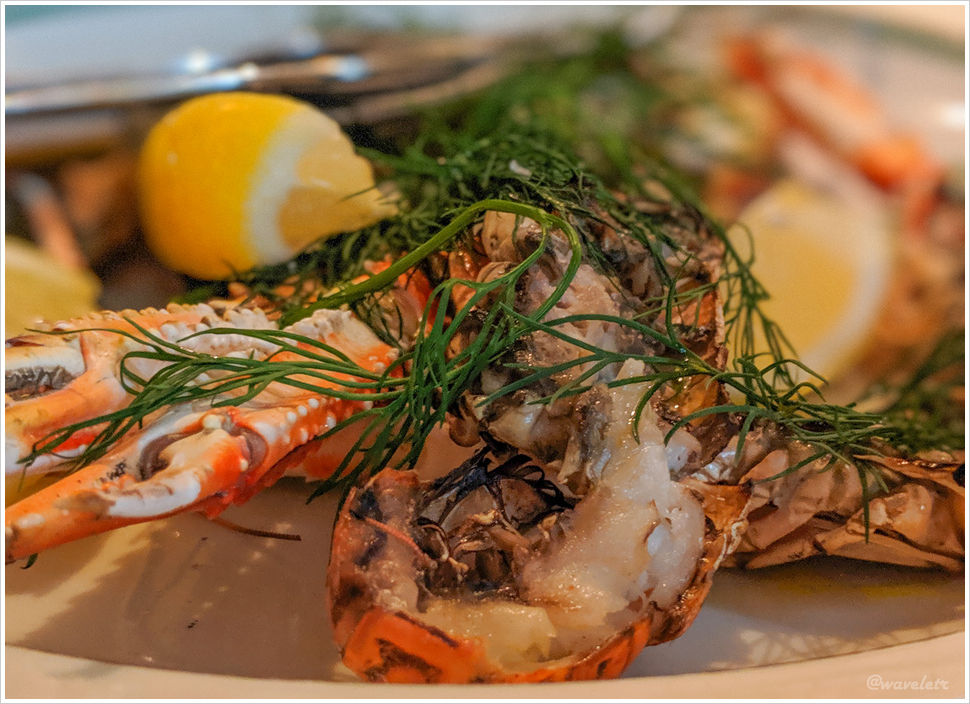
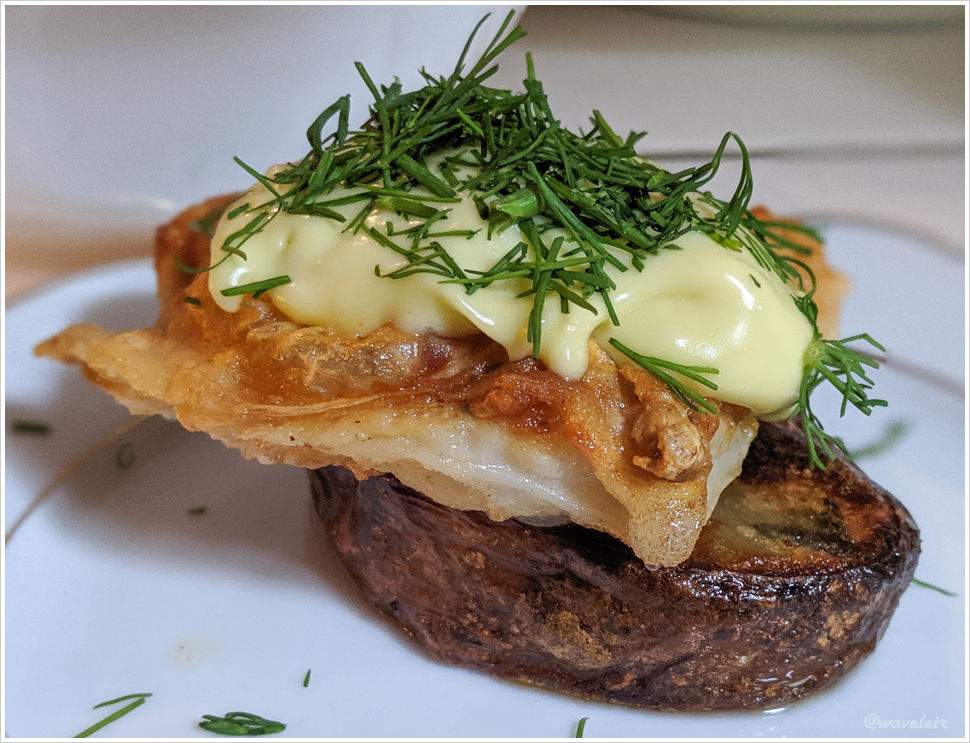
After dinner, it was around 7 p.m., and we took a walk around town. Tórshavn has almost no large hotels, mostly small inns or private houses converted into guesthouses. We booked a stay with visitHOMES, which, while labeled as a homestay, is actually a set of apartments managed by a company. The rooms are rented individually and share common areas. We found the house not only very new but also mostly empty, aside from one night, we had the entire building to ourselves. It was just a five-minute walk from the city center, very comfortable and convenient.


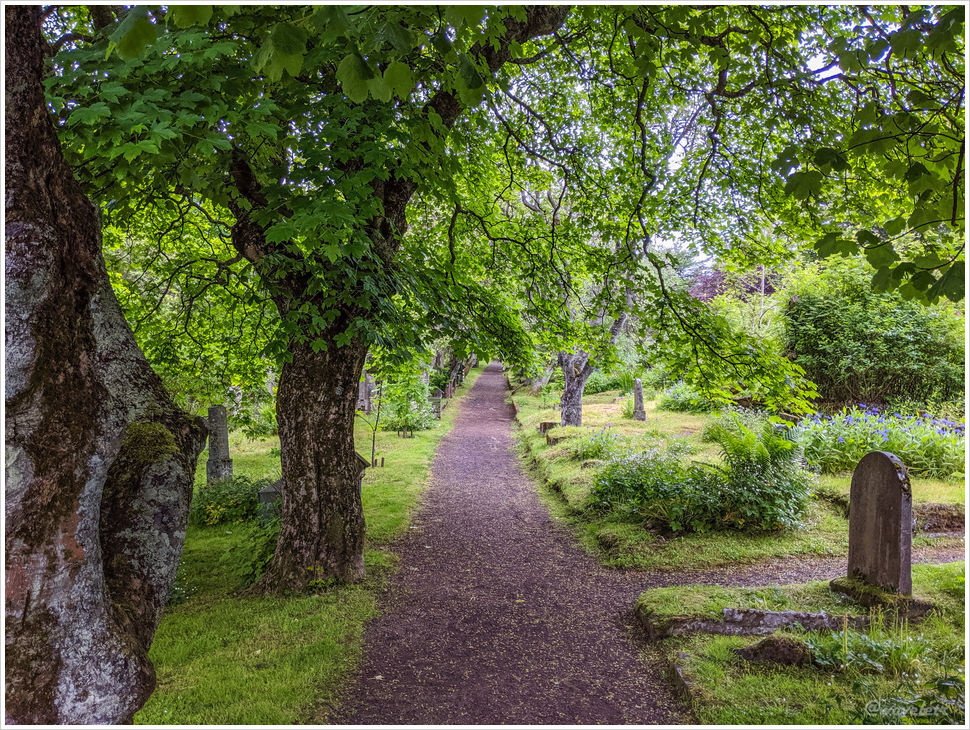
The plan for the next day was to visit Viðoy, the northernmost island in the archipelago. In the morning, we had breakfast at Essabarr, located right across from the restaurant we dined at the night before. A light rain was falling. We saw a small group of people wearing brightly colored rain jackets – essential attire for traveling in the Faroe Islands due to the constantly changing weather. Breakfast at Essabarr was elegant, with especially delicious bread and crisp cereal.
